
Don’t Just Put Shrimp Straight into the Fridge! Do This Extra Step and Keep Shrimp Fresh and Delicious for Up to a Month Without Losing Flavor
Shrimp is a popular seafood loved by many, but keeping it fresh and tasty for a long time can be tricky. If you just put shrimp straight into the fridge or freezer without any preparation, the shrimp can lose its natural sweetness and become bland or even spoil. Here are some simple yet effective tips to help you store shrimp so it stays fresh, flavorful, and firm for weeks.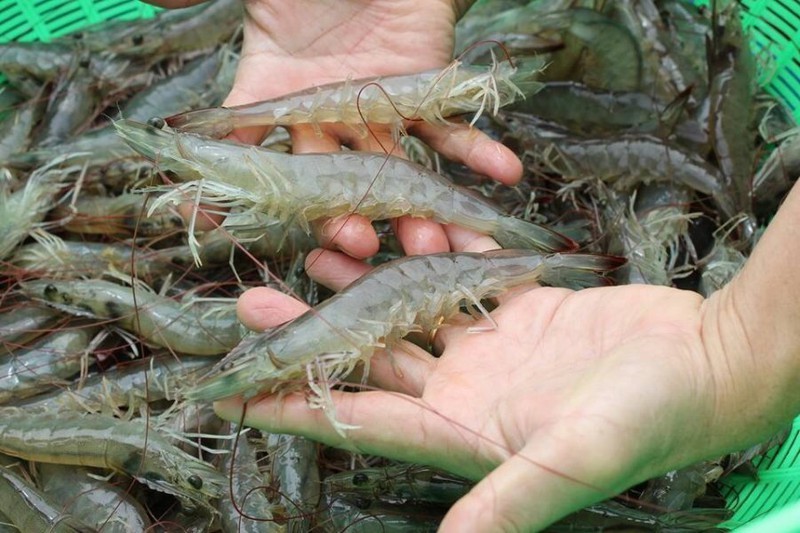
How to Choose Fresh Shrimp
The first step to keeping shrimp fresh longer is choosing the freshest shrimp from the start.
-
Pick shrimp with a bright, translucent appearance and a slight greenish sheen on the shell.
-
When held up to sunlight, fresh shrimp should look shiny and almost see-through.
-
Fresh shrimp should be lively and flexible; when you hold them, they should snap or curl back quickly.
-
Avoid shrimp that smell strongly fishy or sour.
-
Don’t buy shrimp with dull colors, faded eyes, limp bodies, missing legs or antennae, or loose heads.
Choosing good quality shrimp is key because even the best preservation method won’t save poor quality shrimp.
Preserving Shrimp Using Sugar
Instead of putting shrimp directly into the freezer, try this simple preparation step that helps lock in moisture and flavor.
Steps:
-
Rinse the shrimp thoroughly in clean water to remove any dirt or mud.
-
Pat the shrimp dry using paper towels to remove surface moisture.
-
Use a container with a lid to store the shrimp.
-
Arrange shrimp in a single layer at the bottom of the container.
-
Sprinkle a thin layer of white sugar over the shrimp.
-
Add another layer of shrimp, then another layer of sugar.
-
Repeat until all shrimp are layered with sugar on top.
-
Seal the container and place it in the freezer.
When you want to use the shrimp, thaw naturally—do not soak them in water, as this can make the shrimp mushy.
Why sugar?
Sugar helps to retain moisture in the shrimp, preventing them from drying out and becoming tough. This method also preserves the sweet, fresh taste of the shrimp for up to a month.
Tip:
Divide shrimp into meal-sized portions before freezing so you can thaw only what you need.
Preserving Shrimp with Saltwater
Another effective method is freezing shrimp in lightly salted water.
Steps:
-
Wash shrimp thoroughly.
-
If shrimp are still active and moving, soak them briefly in ice water to calm them down.
-
Place shrimp in a container.
-
Fill the container with cold water mixed with a few grains of salt—just enough to cover all shrimp.
-
Seal the container and freeze.
Important:
Use very lightly salted water. Too much salt can penetrate the shrimp and affect their natural flavor.
This method forms a protective layer of ice around the shrimp, preventing direct air exposure that causes oxidation and the blackening of shrimp heads.
Tips for Thawing Frozen Shrimp
-
Run cold water over the ice block with shrimp to melt the ice quickly.
-
If you’re not cooking immediately, keep shrimp in a bowl of ice water to keep them cold.
-
Avoid leaving shrimp in water too long, or their texture may become soft and mushy.
-
Never thaw shrimp by soaking in warm water or at room temperature as this affects quality and food safety.
Using Plastic Bottles for Shrimp Storage
You can also store shrimp inside clean plastic bottles filled with water and sealed tightly before freezing. This method helps keep shrimp isolated from air, preserving freshness longer.
When ready to use:
-
Run water over the frozen bottle to release the shrimp.
-
Cut open the plastic and remove shrimp.
-
Let the ice melt a bit before cooking.
Pre-cooking Shrimp Before Storage
For even longer storage without losing taste or texture, try briefly boiling or steaming shrimp before freezing.
Steps:
-
Wash shrimp thoroughly and drain.
-
Boil water with a pinch of salt.
-
Add shrimp and boil or steam for 2 minutes until they turn pink.
-
Remove shrimp and let them cool to room temperature.
-
Portion shrimp into containers, seal, and freeze.
This pre-cooking step keeps shrimp tender and prevents them from shrinking or toughening during freezing.
When ready to eat, reheat by steaming or cooking directly in your recipe.
Final Notes
-
Always keep shrimp cold during handling.
-
Avoid repeated freezing and thawing.
-
Store shrimp in small portions to minimize waste.
-
Proper packaging and sealing prevent freezer burn and loss of flavor.
By following these simple but effective steps, you can enjoy fresh, flavorful shrimp even after weeks in the freezer!
News in the same category


The washing machine accumulates a lot of dirt and bacteria: Pour 1 bowl of this into the washing drum to clean like new, clothes smell fresh right away

Put the phone down on the table, why you should put the screen face down: Know the reason no one wants to do the opposite
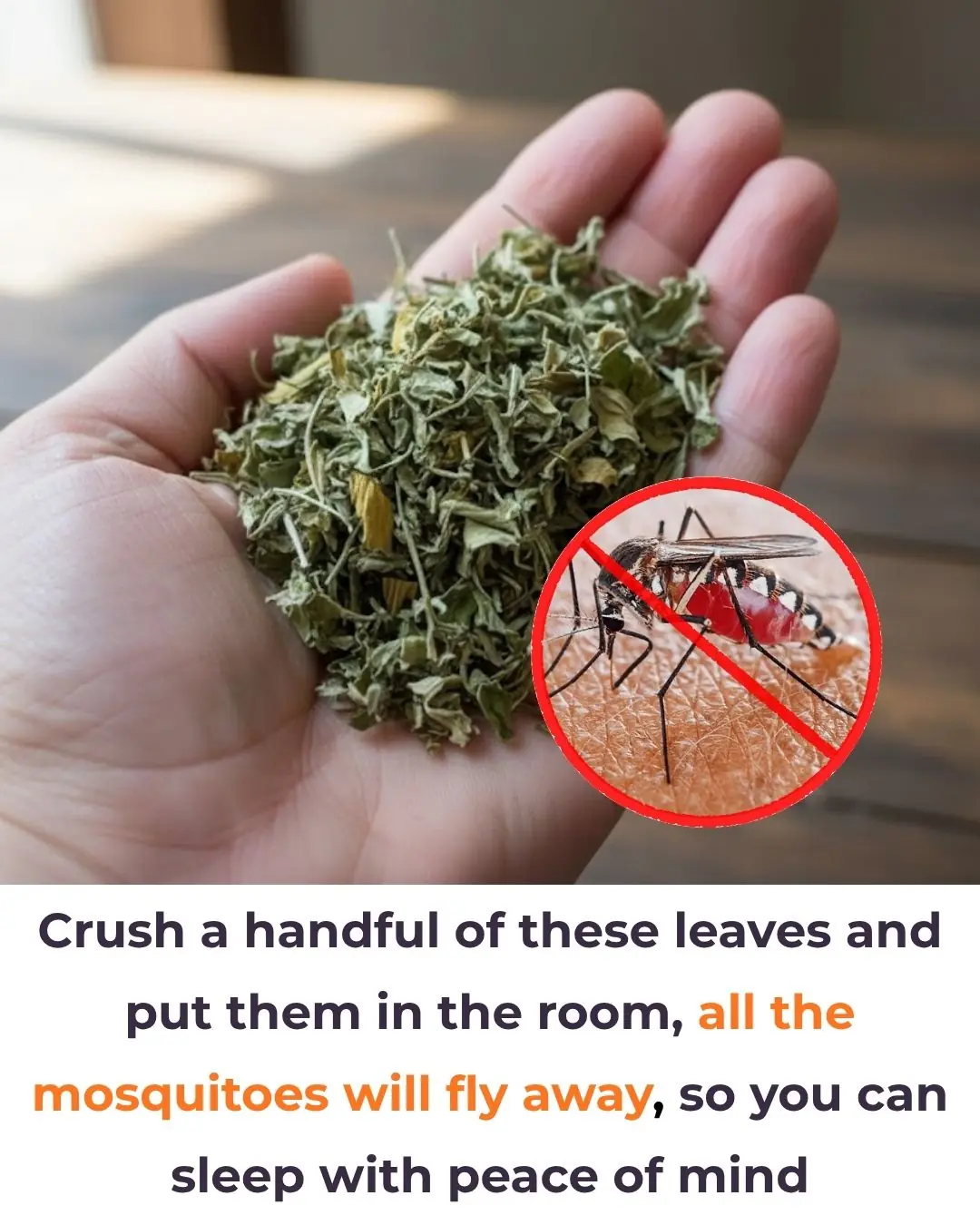
Crush a handful of these leaves and put them in the room, all the mosquitoes will fly away, so you can sleep with peace of mind

Cheap and Easy Ways to Clean Greasy Kitchen Wall Tiles Using Everyday Ingredients

These 3 Types of "Lumps" on Your Body Could Be Cancer – Don't Ignore Them at Any Age, Regardless of Gender

Miracles happen when you put a handful of peppercorns under the bed, unfortunately I just found out now

The sink is clogged with hot water: Do this immediately to quickly unclog it and remove the bad smell.

How to grow sweet potatoes in soil bags using potato sprouts
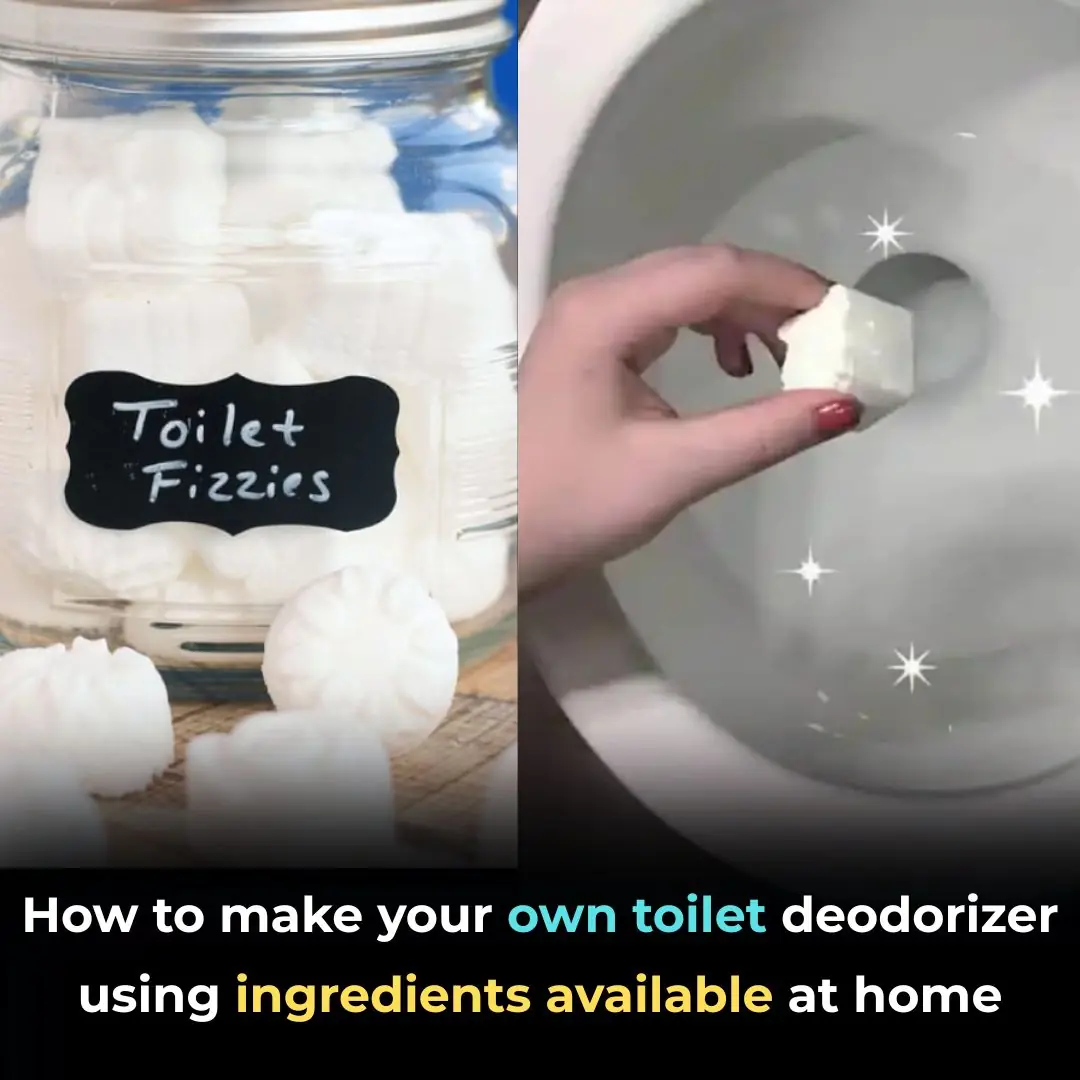
How to make your own toilet deodorizer using ingredients available at home
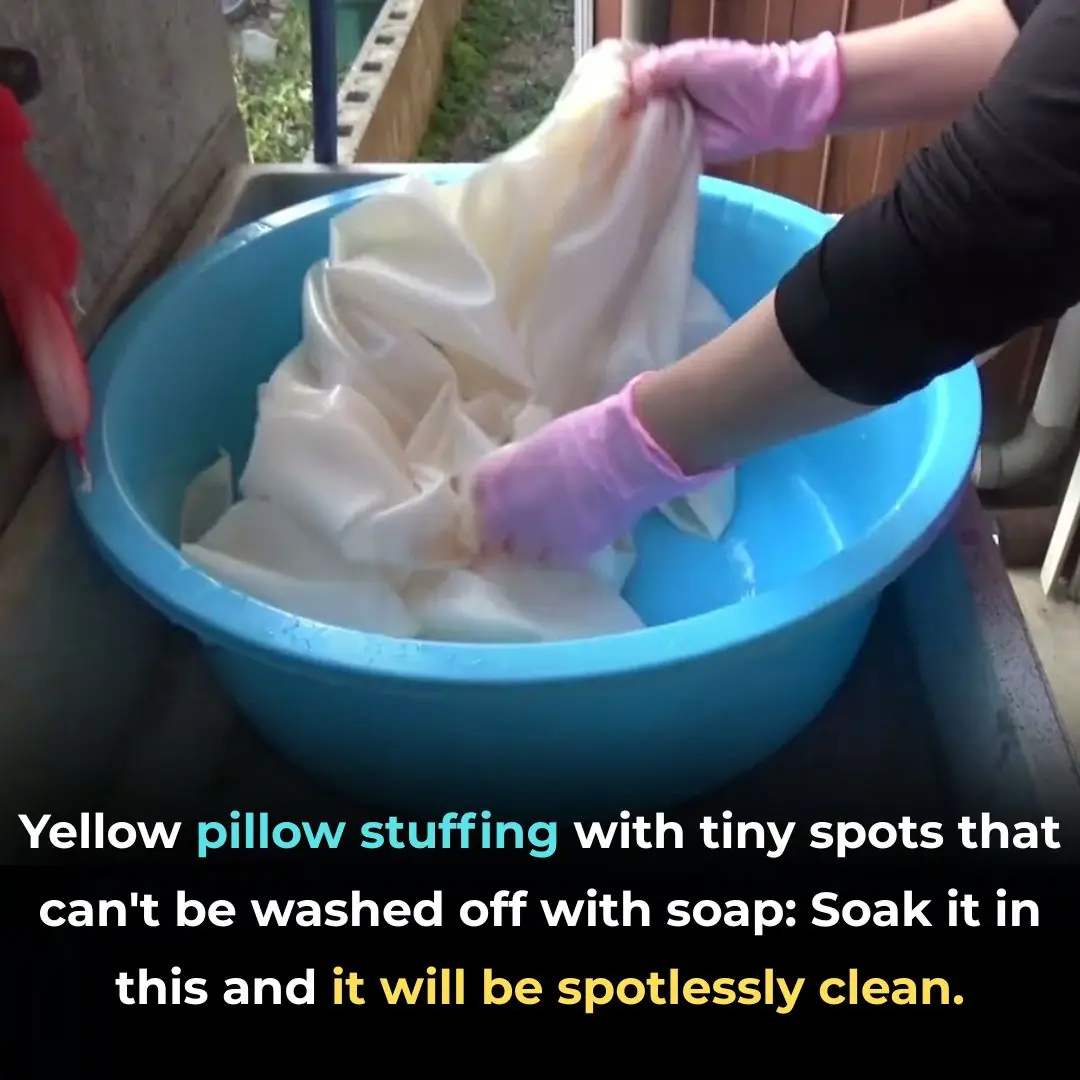
Yellow pillow stuffing with tiny spots that can't be washed off with soap: Soak it in this and it will be spotlessly clean.

Experienced tofu maker guides how to distinguish clean tofu and tofu containing gypsum
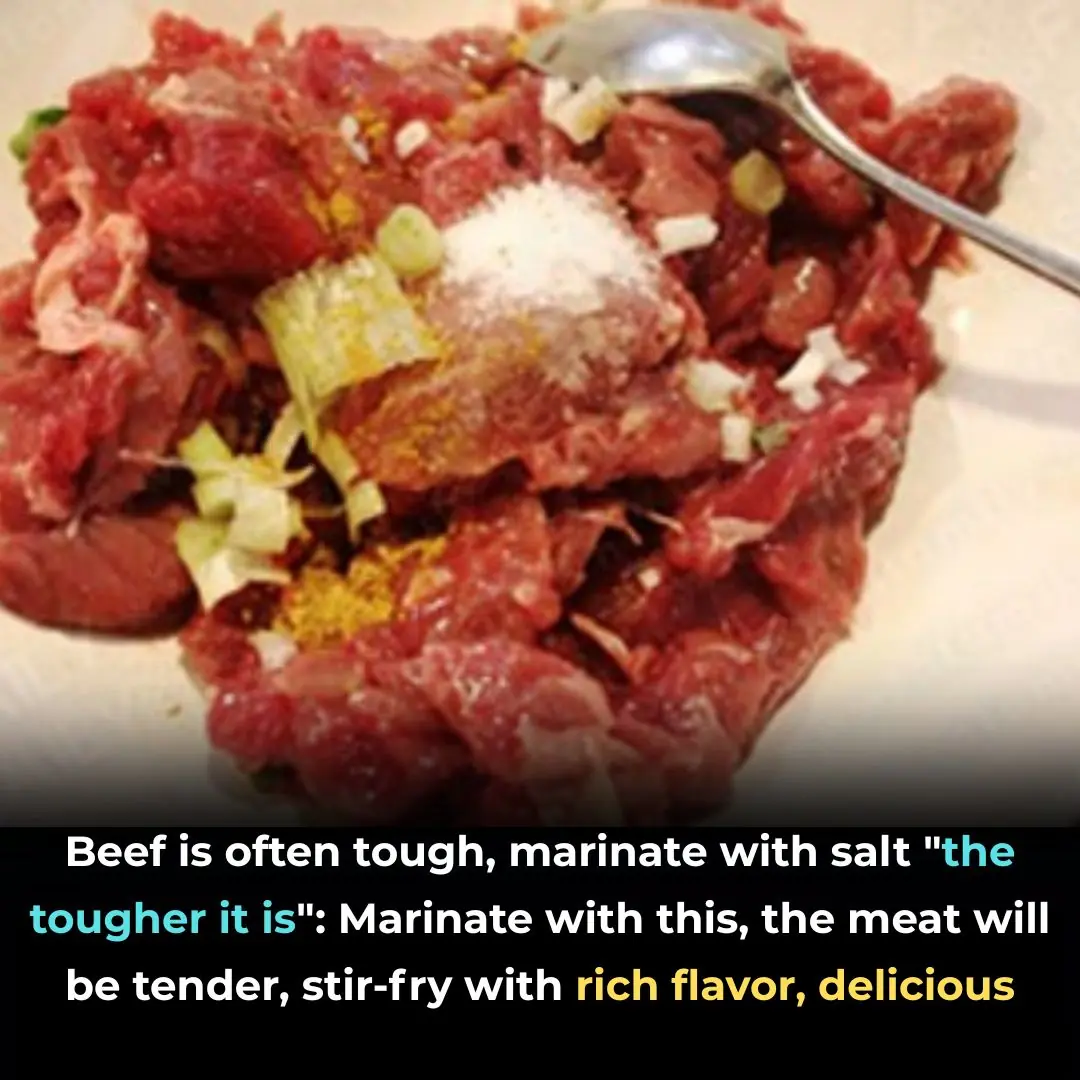
Beef is often tough, marinate with salt "the tougher it is": Marinate with this, the meat will be tender, stir-fry with rich flavor, delicious
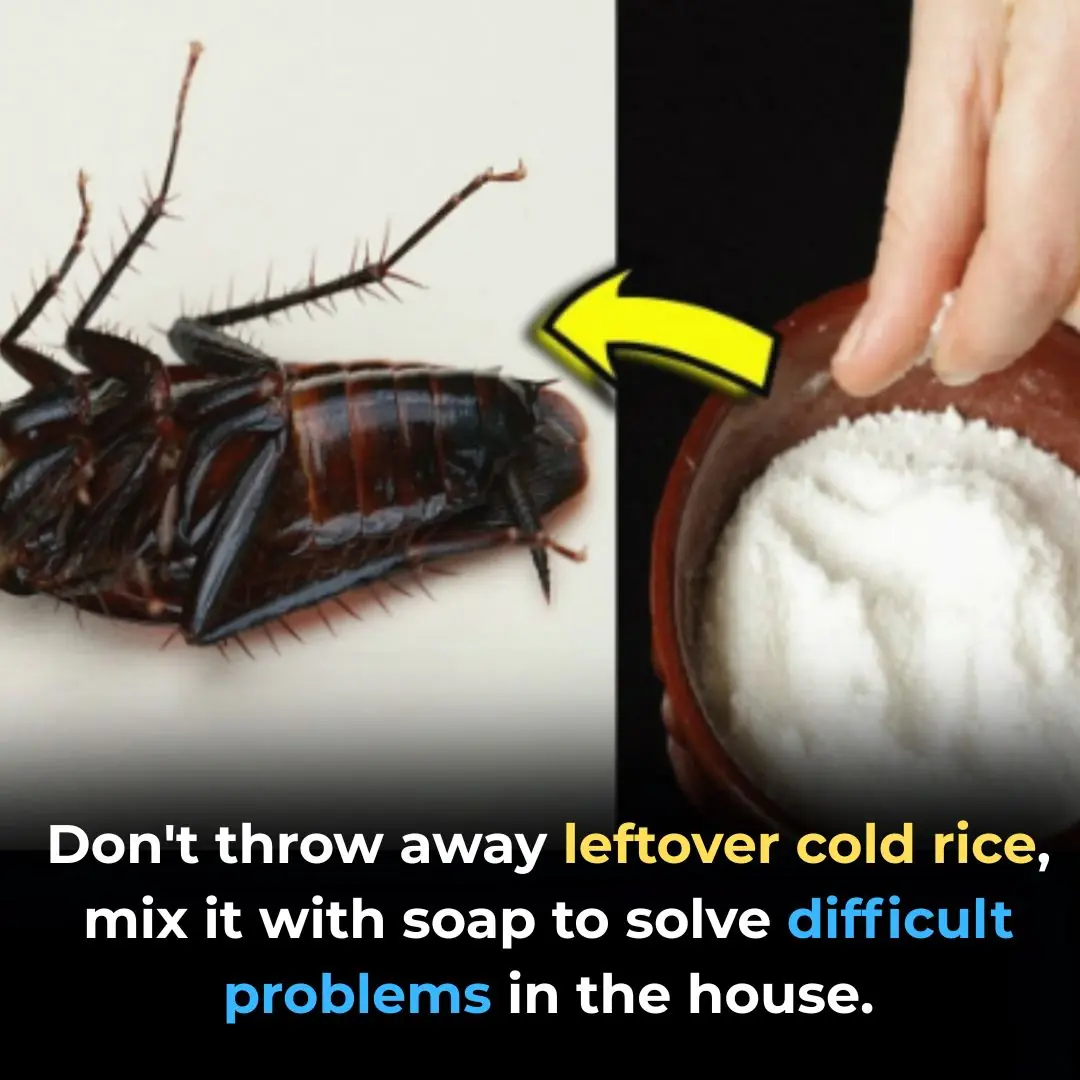
Don't throw away leftover cold rice, mix it with soap to solve difficult problems in the house.

How to Wash and Condition Your Hair with Beer to Reduce Hair Loss and Stimulate Continuous Hair Growth

7 Early Signs of Stomach Cancer Everyone Should Know to Prevent Distant Metastasis

Banana peel mixed with laundry detergent works great

Stuffing a piece of steel wool into a plastic bottle has great effects. If you know how to use it, everyone wants to do it

When checking out of the hotel, don't be foolish and fold your blankets or pillows. Anyone who doesn't know will only be at a disadvantage
News Post

A Hug That Heals: Rescuing a Traumatized Child

Compassion on the Menu: Argentinian Restaurant Gives Stray Dogs a Place to Belong

Stranded on the Highway — and Then 9 Strangers Changed Everything.

A Long Push, A Quiet Kindness.
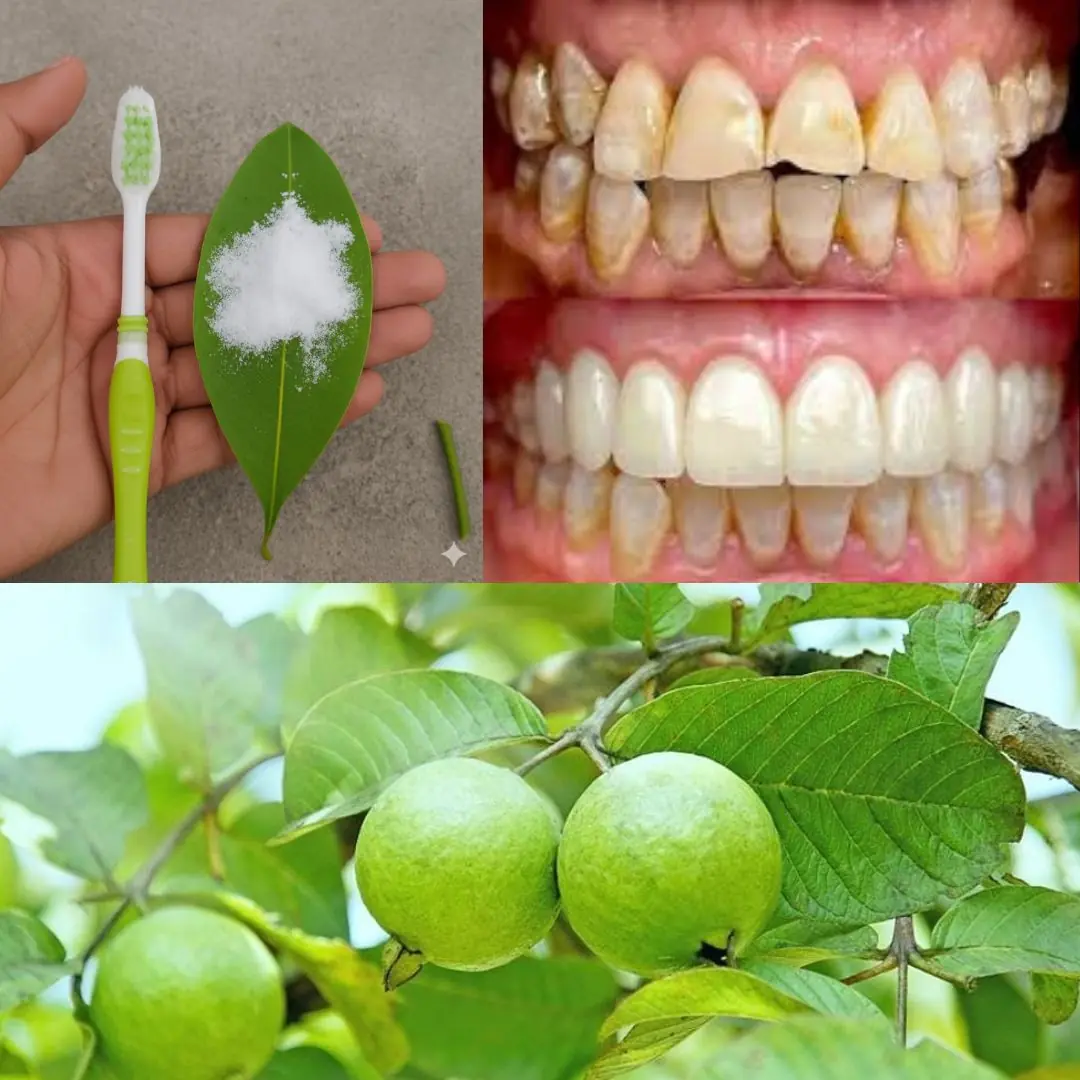
Top 3 Natural Remedies for Tooth Decay Using Guava Leaves

Life Skills in Action: How a 14-Year-Old Saved the Day on a Family Road Trip

The Gift of Life: How Blood Donations Save Children Fighting Cancer

The Secret to Perfectly Sweet and Fluffy Boiled Sweet Potatoes: Add Just One Spoon of This!

Surviving the ICU: Carter’s Story of Strength and Grace

A Night to Remember: 19-Year-Old Austin Takes His 89-Year-Old Great-Grandma to Prom
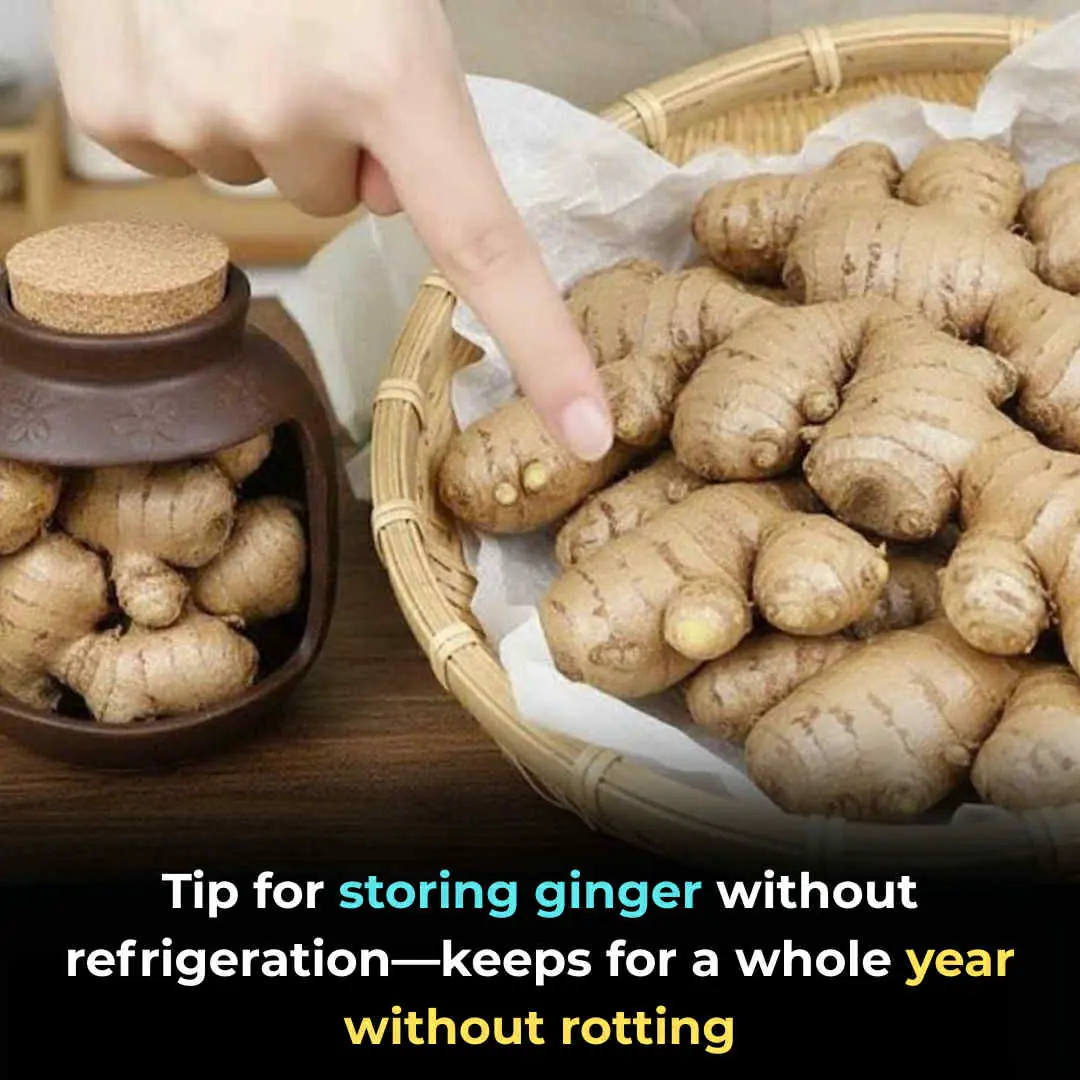
How to Store Fresh Ginger for Up to a Year — No Fridge Needed!

Our Oldest Rescue, Tiger, Crosses the Rainbow Bridge: A Legacy of Love and Hope

Halo’s Second Chance — A Promise of Forever

Why should you put your suitcase in the bathroom when checking into a hotel: Extremely important reason, those who don't know are at a disadvantage

The washing machine accumulates a lot of dirt and bacteria: Pour 1 bowl of this into the washing drum to clean like new, clothes smell fresh right away

Put the phone down on the table, why you should put the screen face down: Know the reason no one wants to do the opposite
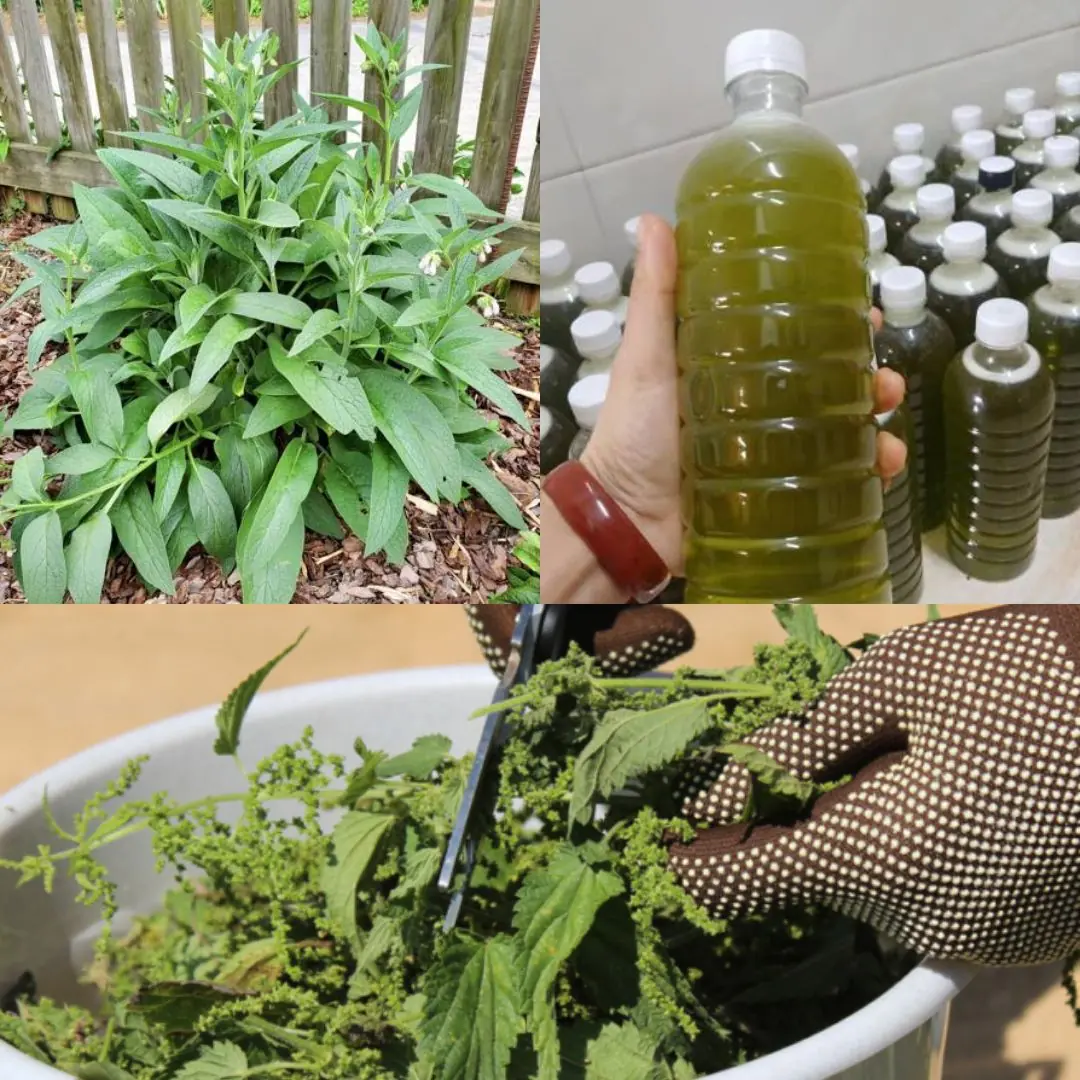
Comfrey Fertilizer: The Secret Natural Booster Your Garden Needs

Crush a handful of these leaves and put them in the room, all the mosquitoes will fly away, so you can sleep with peace of mind
